CNC Engraving: What You Need to Know
Today, CNC engraving is a critical part of processes in metalworking, woodworking, the plastic industry, as well as in manufacturing custom gifts, with CNC engraving sitting at the center of modern industry automation. CNC engraving is more accurate, more productive, and more automated than hand engraving, and drives technology improvements in many fields.
Table of Contents
Part 1. What are the Key Functions of CNC Engraving
CNC engraving is the procedure in which a computer-controlled engraving machine scans a surface of a material and cuts, carves, or hollows with a high degree of precision. CNC engraving machines create intricate patterns, texts, logos, or 3D reliefs by precise tool movement as per the schedule cut and toolpaths.
CNC is the acronym for Computer Numerical Control, thus, the engraving process is governed by a computer-generated code. This makes CNC engraving suitable for metal, wood, and plastic and even composite materials for a lower production time and better detail, precision, repeatability, and at a greater level than manually possible, thus, making it a crucial technology in manufacturing and designing.
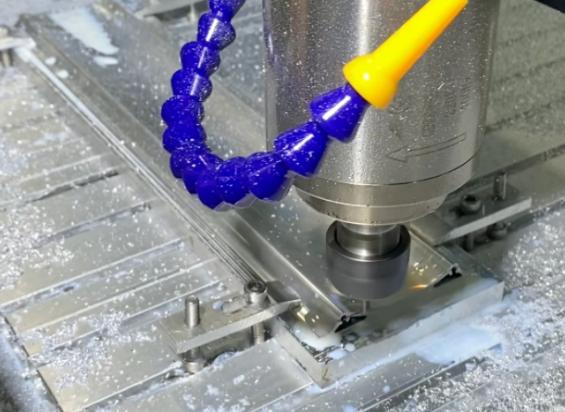
Part 2. What is the Work Process of CNC Engraving
The computer components of a CNC engraving System includes control software, stepper or servo motors, an engraving spindle and a collection of rotary tools. These constituent parts integrated form an efficient and fully automated system that would convert tenable design modules into exquisitely engraved items.
The basic working process of CNC engraving includes:
Design Creation (CAD):
This is achieved by formulating a rough design in CAD software. This consists of some or all of the following components; patterns, texts, logos or 3D reliefs.
Toolpath Generation (CAM):
With capability of utilizing the design, the next step is to implement CAM software for the generation of the toolpath. In addition, the toolpath generation also includes parameters for cutting, that is, the speed, depth, diameter and the cutting tool.
Code Transmission to the CNC Machine:
The toolpath are transforms into G-code or any corresponding command that the machine understands and subsequently uploaded into the engraving machine control unit.
Automation of Engraving:
Following the outline code determines path for the machine and components to take. By means of the CNC controller, the motors and spindle are actuated the engraving bit retraces the pre established routes, removing material with the accuracy and consistency of engraving tools principles.
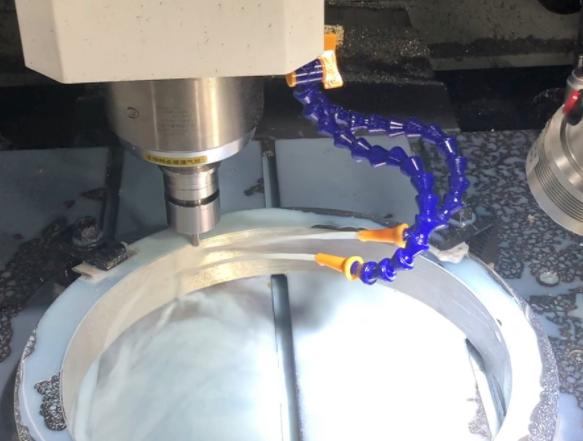
CNC engraving machines can be classified into three categories according to their axes of motion which can be 3-axis, 4-axis, or 5-axis:
Moderately contoured surfaces can be worked on by 3-axis machines (X, Y, Z).
Cylindrical or complex curved surfaces can be engraved on 4-axis machines as they add rotation to the machines.
5-axis machines are perfect for complex three-dimensional engravings as they have maximum flexibility, allowing the tool to approach the workpiece from any desired angle.
As the number of axes increases, the engraving capabilities of the CNC machine become more advanced and intricate. This is critical for industries that require detail, multi-dimensional results multi-axis systems.
Part 3. Materials and Applications of CNC Engraving
Engraving is a versatile process as it can work with a variety of materials. This makes it useful for many industries and creative projects, and it can be tailored to suit many material properties.
1. Metals:
Aluminum: Lightweight and easy to machine, aluminum is commonly used for nameplates, signage, and electronic enclosures.
Copper and Brass Metals: They are used for electrical components and decorative items, and plaques.
Stainless Steel: It is used for industrial and medical tools as they are durable, corrosion-resistant, and put through rigorous use.
Titanium Alloys: Their aerospace and medical use is due to the strength and lightweight nature of titanium alloys.
2. Plastics:
Acrylic: Used for display and promotional items commonly, Acrylic is one of the versatile plastics.
ABS, PC, PVC: These plastics are useful in low-tier production because of their strength and workability.
3. Wood:
Hardwood and Softwood (redwood, pine): Used in furniture, custom woodworking, and decorative carvings.
Bamboo: This durable and eco-friendly materials makes it a sought after item for for crafts and promotional items
4. Composites and Other Materials:
PCB: Used in the precision engraving industry for the circuitry of electronics.
Carbon Fiber Sheets: These are used for in aerospace, automotive, and sporting goods.
Foam Boards and MDF: These materials are lightweight and as such are great for modeling, making lightweight structural components and signage.
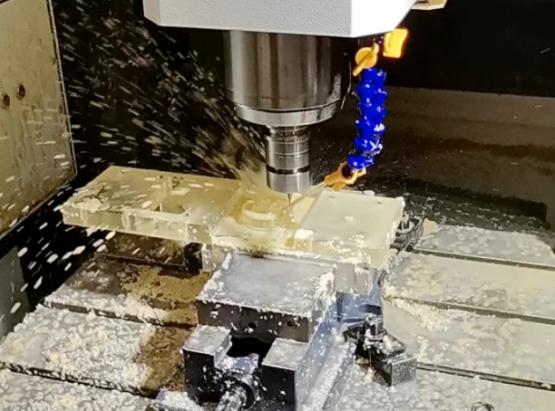
Typical Applications of CNC Engraving:
Industrial Component Marking
Engraving logos, technical labels, and identifying serial numbers on machine parts, control panels, and nameplates.
Mold and Tooling Fabrication
The use of CNC for engraving detailed cavity is common in the mold making industry. Automotive, medical device, and electronics manufacturers frequently use CNC engraving for branding marks and complex textures as well as cavity engraving.
Artisan Crafts and Jewelry
CNC machines enable one to engrave items in a precise manner which makes it possible to mass customize intricate designs on keepsakes, jewelry, and decorative items.
Architectural Models and Signage
In construction and advertising, industries scale models, branded signboards, building facades, and custom lettering are produced with meticulous detail and heightened durability.
CNC engraving continues to support innovation across both industrial and creative sectors because of its precision, wide material compatibility, and ability to adapt to different tools and techniques.
Part 4. Key Benefits of CNC Engraving
In comparison to other techniques, CNC engraving is favored in almost every market because of several notable advantages it possesses. In industries where speed, adaptability, modification, and precision are critical, these benefits are particularly valuable. The following highlights are differentiating factors of CNC engraving as compared to conventional engraving:
1. Accuracy
CNC engraving machining tools are characterized with extraordinary precision. The repeatable positioning accuracy achieved in most cases exceeds 1:500 and, in some cases, is as high as 10 microns.
For CNC machines, precision is critical as every engraving is executed per specified digital guidelines. The control system of these machines eliminates mistakes and inconsistencies because every step is precisely mapped out, making them unparalleled in engraving accuracy.
2. Extensive Automation
During the engraving process, the manual workload is streamlined to virtually zero due to the use of automated programs which fully control the engraving process. The engraving machine completes the work automatically without further supervision. This eliminates the need for monotonous repetitive work, manual work, reduces fatigue, and optimizes production efficiency. The automization enables consistent quality, which reduces costs associated with quality control.
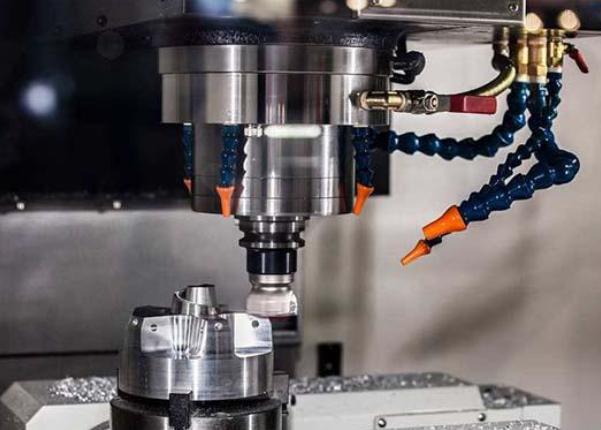
3. Strong Variability and Customization
Flexibility in engraving is achieved through merges with CNC machinery which permit changes in engraving for 3D shapes and texts without altering the machine. CNC engraving is mainly for tailored items such as personal gifts and awards, and it is also ideal for prototyping and small-batch, high-mix production.
This feature enables businesses to use market and design changes and helps in commanding the market with quick responses.
4. Scope of Processing Features
CNC engraving does not have limitations in terms of complexity of surfaces or materials. It covers an extensive list of materials from metals, plastics, and woods to composites as well as different types of engravings, for example:
- Flat engraving aimed at producing signs or nameplates.
- Relief engraving for 3D textures and sculpted decorations.
- Engraving cylindrical or spherical surfaces in multi-axis machines.
With precision and flexibility, CNC engraving is most useful in industry and art due to its efficiency and adaptability.
Part 5. Difference Between CNC vs Laser Engraving
It is crucial to know the difference between CNC engraving and laser engraving in making a decision on the method of engraving to use.
Although both techniques engrave with accuracy and precision, they use different approaches, employ various technology; thus, they are used for different materials and uses. The same is done through a table and explained in detail after.
| Aspect | CNC Engraving | Laser Engraving |
| Working Principle | Uses a rotating tool to machine workpieces | Employs a laser beam to cut, burn, or vaporize surface |
| Material Suitability | Most useful on harder metals, wood, and composite materials | Best suited for softer and non-metallic materials like paper, plastics, and leather |
| Engraving Depth Control | High depth precision, suitable for deep and 3D carvings | Shallower engraving, good for intricate detailing on the surface |
| Cost and Maintenance | Higher initial equipment cost, with more complex maintenance | Lower equipment cost, easier to maintain and operate |
| Finish and Texture | Produces real cutting grooves, giving a 3D texture | Smooth, clean surfaces with minimal depth |
Part 6. How to Select Right CNC Engraving Service?
Selection of the wrong engraving service may lead to quality issues. When looking for service providers, the following aspects may help.
1. Material expertise and capacity
Material Range: Ensure that the provider has the capabilities to complete the job with the materials that need to be used such as metals: aluminum, stainless steel and brass, plastics: acrylic, ABS and PVC, wood or composites.
Workpiece Size: Make sure to ask about their maximum work area and whether it caters to your standard parts and any larger or irregularly shaped designs you plan to incorporate in the future.
2. Precision, Tolerances & Turnaround
Accuracy Standards: Assess how their repeatability and positioning tolerances (preferably ±0.01 mm or better for precision work) are stated.
Lead Times: Analyze the standard production timelines. A high-volume shop may be able to turn over batches more quickly while specialists may take longer to deliver finer detail work, so confirm whether their delivery schedule aligns with your project timelines.
3. Technical Capabilities & Software Integration
Axis Configuration: Check whether the shop utilizes three, four, or five-axis machines and if they can be used with your designs such as cylindrical or 3D relief work.
File Compatibility: Make sure they accept your native CAD/CAM files such as DXF, DWG, STL, and G-code. Providers with an in-house CAM team are better since they can optimize toolpaths for cost and time efficiency.
4.Durable Track Record & Industry Experience
Portfolio & Case Studies: Inspect and inquire for good quality samples of previous projects undertaken by the shop to ascertain their finishing, consistency and complexity levels.
Certifications: Hunt for relevant quality certifications (ISO 9001, AS9100, etc.) along with material traceability for severe applications like medical and aerospace.
5. Customer Service and After Sales Services
Communication: A responsive service will give proper and detailed quotes, thorough design check feedback, and give production progress updates while work is in progress.
Technical Assistance: Services for production design check, fixture design, and post job inspection should be confirmed for availability.
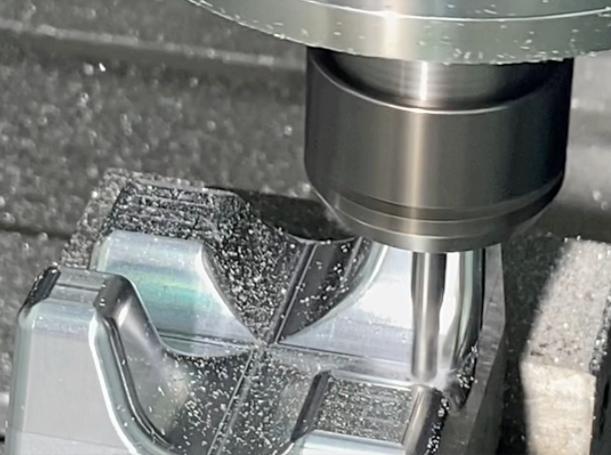
Part 7. KENENG: Your Trusted CNC Engraving Service Provider
As a CNC parts manufacturing company, KENENG is equipped with advanced technology and skilled manpower, and thus can CNC machine parts with precision. We handle CNC engraving projects ranging from small batch custom orders to large scale production, quickly and reliably.
Why choose KENENG
High Precision CNC Equipment
Our State-of-the-art CNC machinery is versatile and can work with a wide range of materials and designs as well as for bulk and low volume production.
Seasoned Engineering Team
Our skilled engineers with vast experience in CNC programming and toolpath tailored even to the most intricate and detailed precision surfaces with intricate patterns and complex detailing. We meet the most stringent design and tolerance requirements.
Strict Quality Control System
Rigorous and systematic inspection of all parts is done to guarantee and maintained the required and precision between the parts. This is done for all the engraved parts, name plates, branding mechanical parts, and other components.
Efficient Project Delivery
Efficient and timely communication, and optimized working processes, enable us to deliver close timelines on behalf of electronics to auto, and from medical to consumer product business houses that are operating as OEM and ODM.
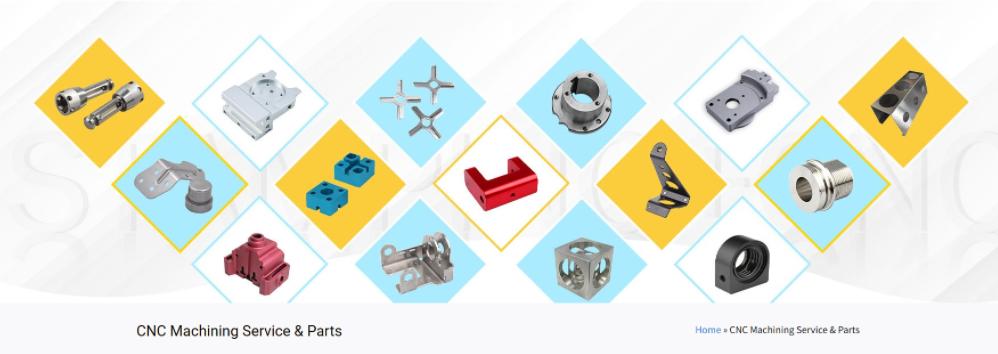
Final Thoughts
CNC engraving is an essential technology for modern manufacturing and custom machining processes because it is precise, adaptable, and efficient. Irrespective of use in industry marking, custom engraving, or pioneering prototype marking, CNC engraving is efficient, accurate, and reproducible. Factory customers and designers alike rely on the same technology to propel the industry into a wise, advanced, and elegant future.
